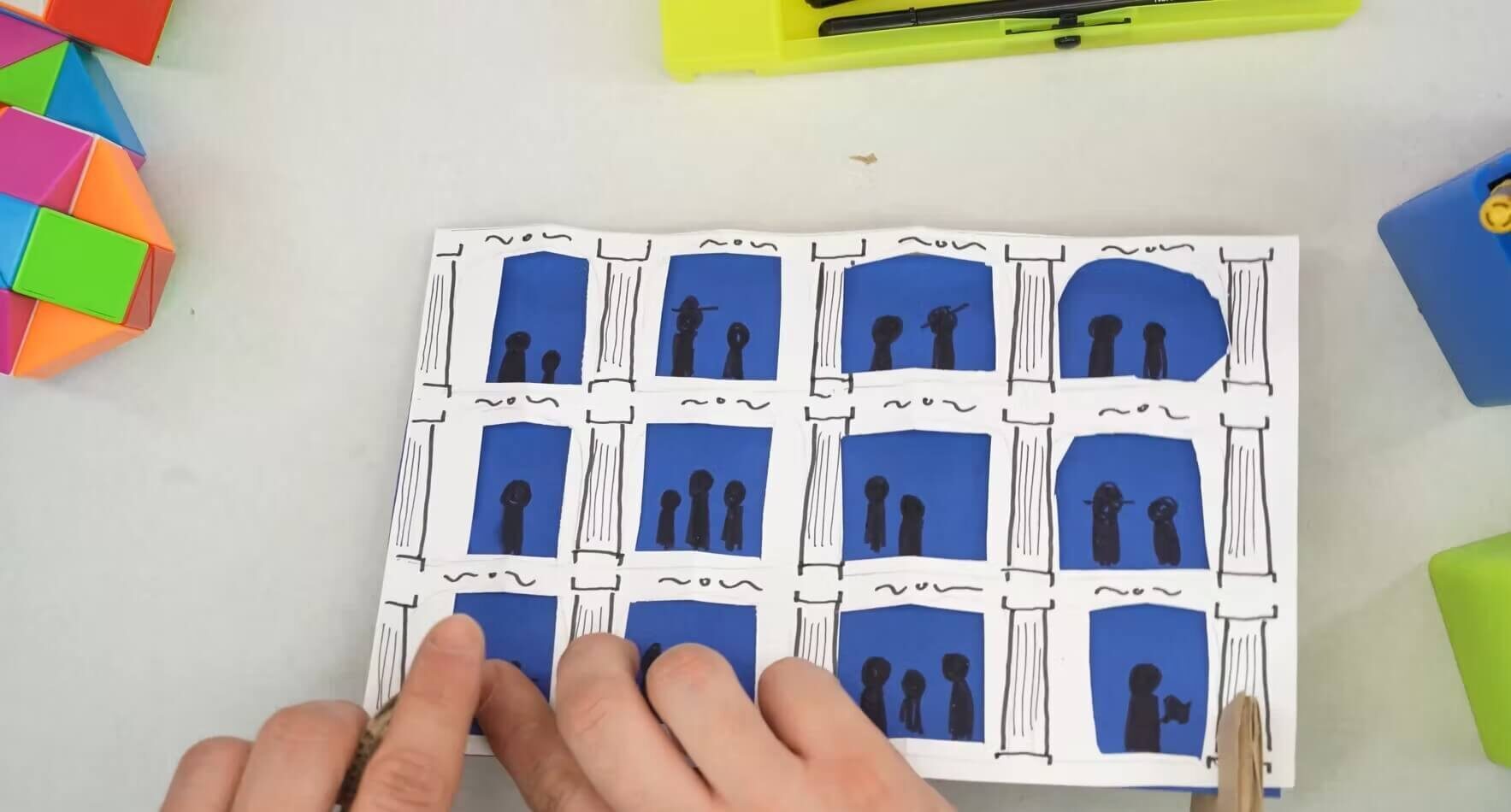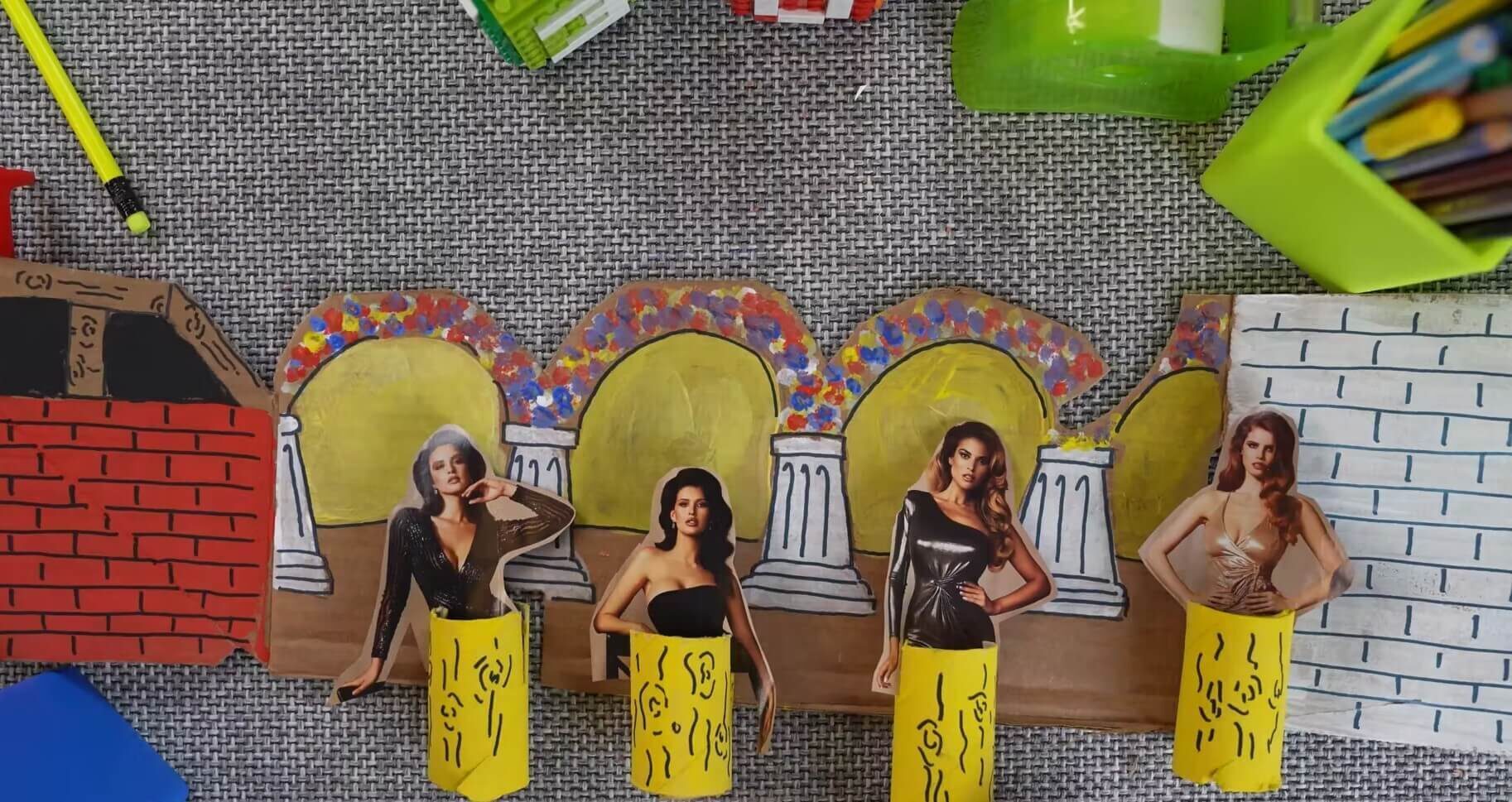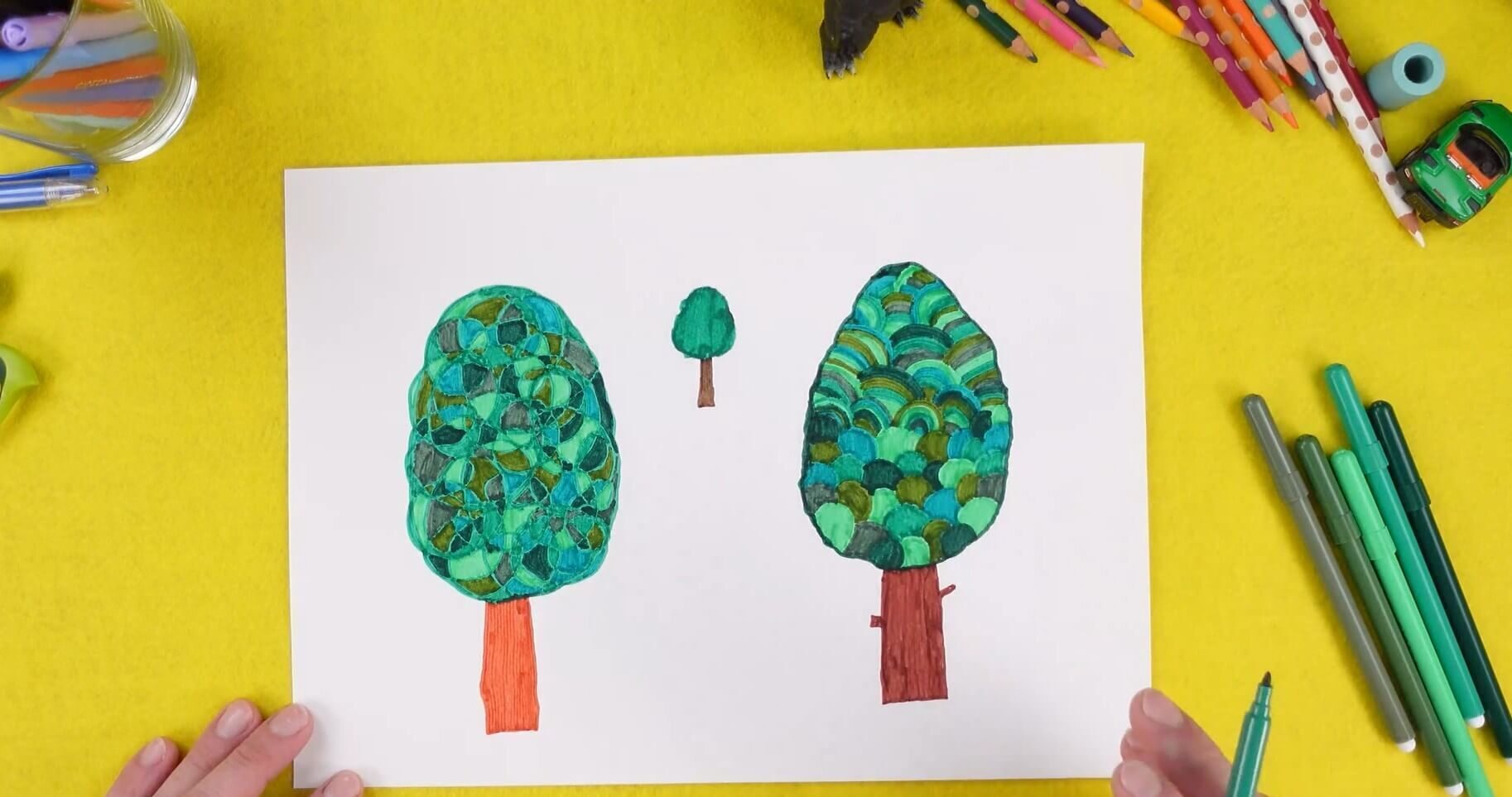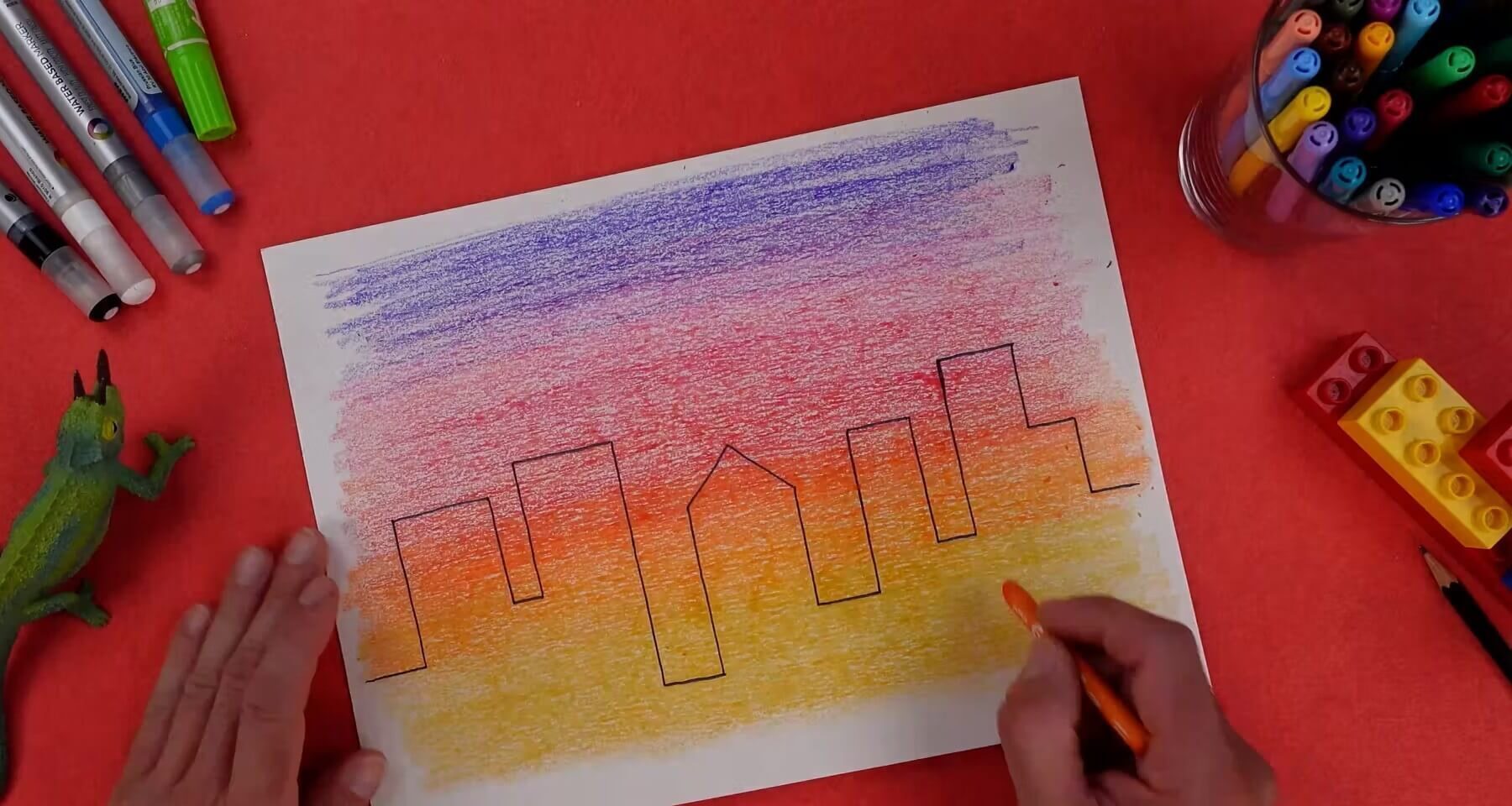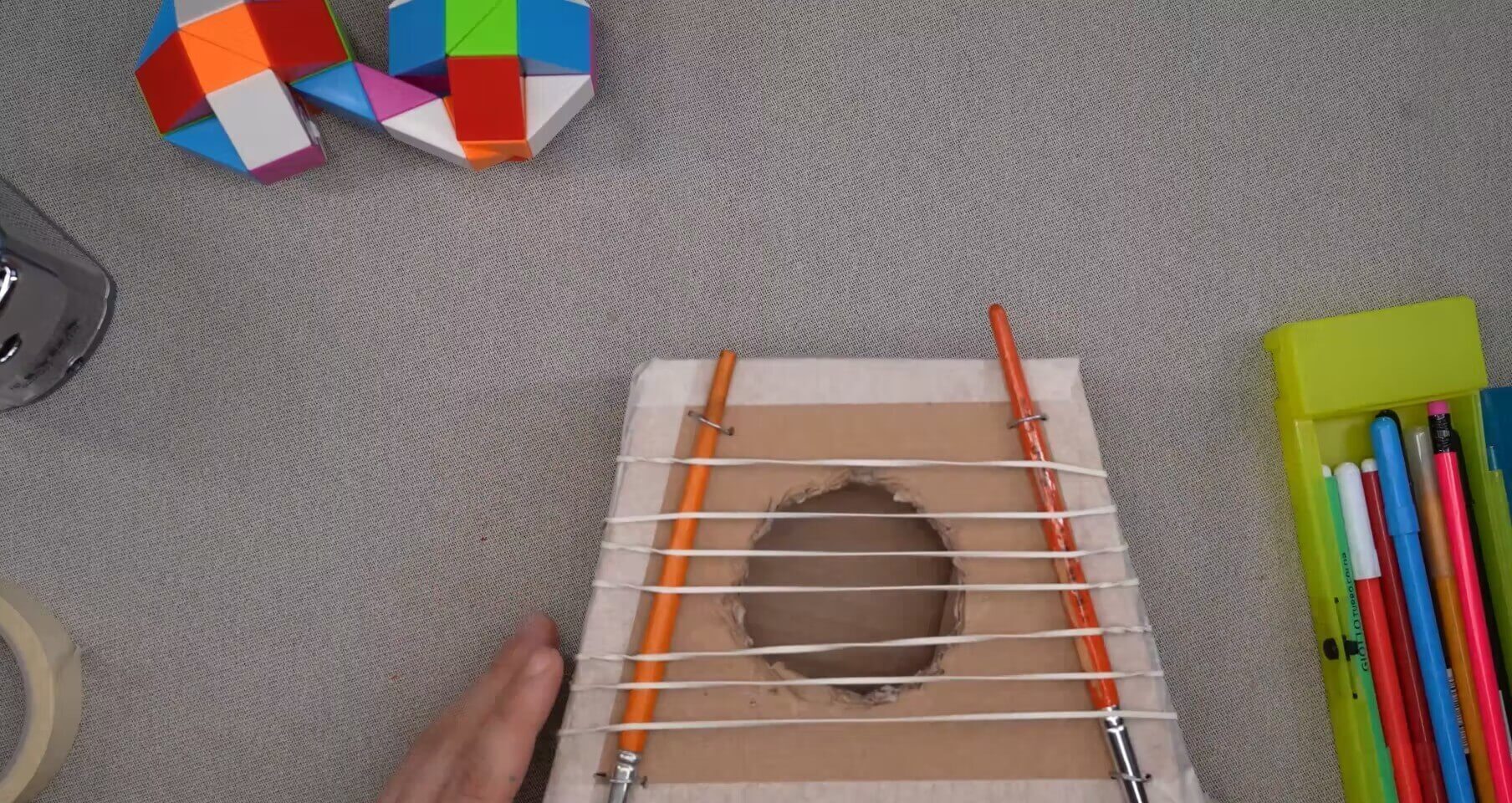- Home
- All Courses
- ILLUSTRATION
- Illustration 2
Illustration 2
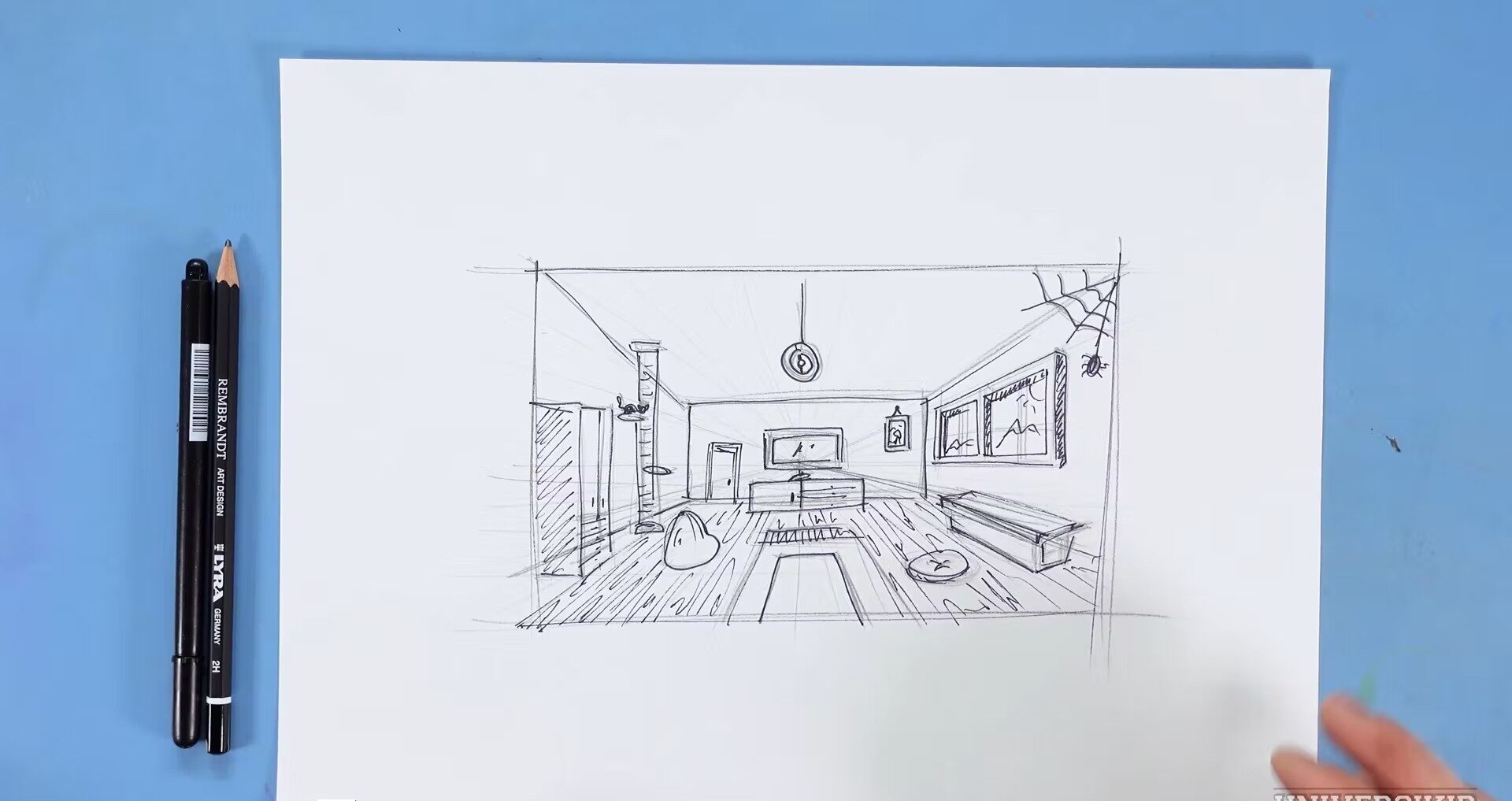
Robots, mermaids, dragons and space shuttles: take these 10 further lessons on illustration by Universikid to go on a hunt for all the tricks for drawing with just a few simple strokes. You’ll learn how easy it is to make shades and shadows, lights and perspective to create illustrations where your own characters take off on adventures. You’ll only need some paper, a pencil, some colors and your imagination.
ACCORDING TO EXPERTS…
The Illustration course focuses on the use of color, different tools, and basic drawing techniques. Mastery of these techniques helps children use graphic representation as an expression of their individuality. Lessons contain interactive elements that encourage children to participate in creating stories related to the characters they’re drawing, engaging different aspects of their imagination.
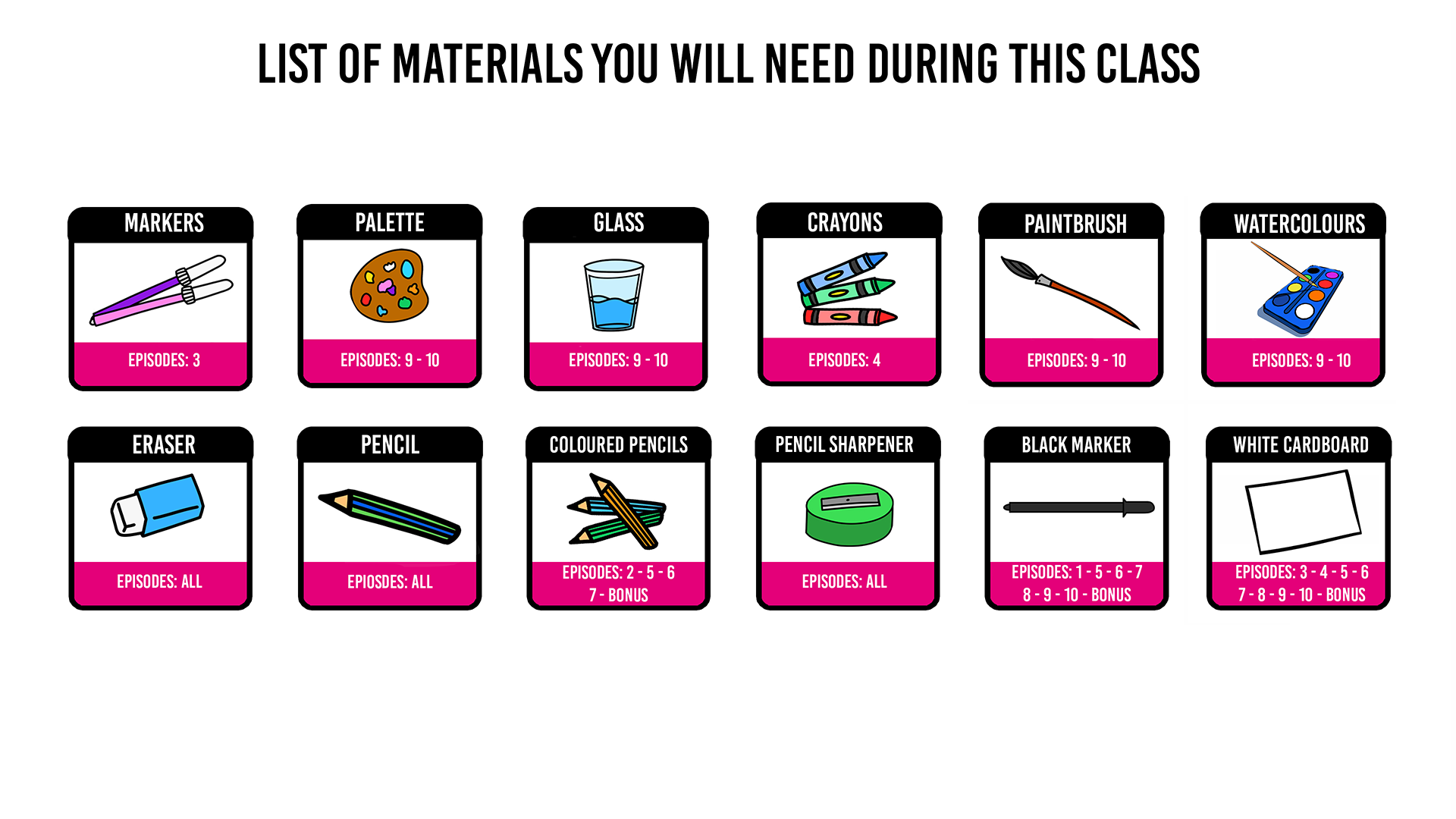
According to Experts...
General Characteristics:
Drawing is the primary form of communication for children, even when they cannot yet express their emotions through words. Numerous scholars in the field of psychology have expressed their view on this topic, not only to define the importance of drawing as a representation of one’s internal world but also concerning the phases of children’s drawing development.
Georges Luquet, a French scholar, analyzed children’s drawings and identified four significant developmental phases: accidental realism, failed realism, intellectual realism, and visual realism. The age of accidental realism is the scribbling stage, where the child begins to represent graphic forms randomly. After these initial interpretations, the drawing becomes intentional, even though the child still cannot fully represent what they intend to draw (failed realism). In the phase of intellectual realism, the child realistically represents the object of their depiction, although aspects such as perspective and three-dimensionality are not yet considered. The realistic drawing (visual realism) occurs around the age of 8-9, where children can represent three-dimensional objects, having acquired more abstract cognitive concepts.
The Illustration 1-2 workshop can be useful for teaching the main techniques of representing characters as well as backgrounds and landscapes, allowing children to express their imagination and creativity. The course not only facilitates learning but also enhances attention and concentration, relaxation, and improves motor skills, essential for writing.essential for writing.
Specifically:
This workshop is suitable for children aged 6 to 12. The focus is on color and the use of various tools such as crayons, markers, wax crayons, tempera, and powders. The drawings are simple and appropriate for children aged 9 and above, considering the use of perspectives and proportions that are more complex for a younger age group. However, even younger children can participate in the workshop by focusing on color, drawing, the ability to color within borders, and individual graphic representation. The use of materials and techniques is easy to learn for all children, providing numerous benefits for motor coordination, concentration, attention, task completion, and as a relaxing activity.
Skills:
- Imagination
- Creativity
- Emotions
- Concentration
- Improved motor skills
- Relaxation
- Attention
- Learning.
You May Like
-
14 Lessons
-
14 Lessons
-
12 Lessons
-
14 Lessons
-
11 Lessons

